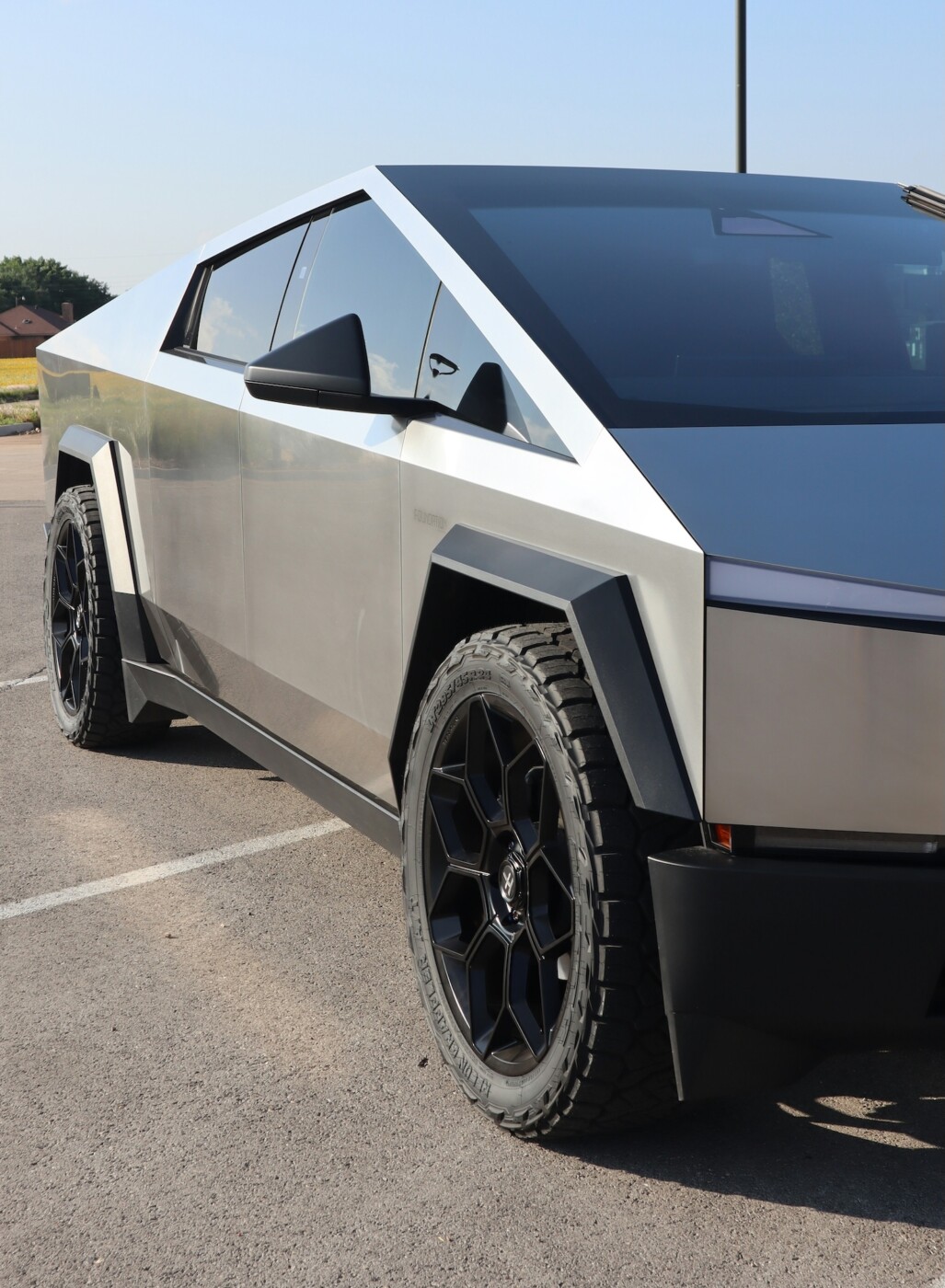The family of Krysta Tsukahara, one of three people killed in a Cybertruck crash in Piedmont in November 2024, has added auto manufacturer Tesla to its wrongful death lawsuit. The addition focuses on the design of the door handles in the vehicle which the lawsuit says prevented the possibility of Tsukahara being rescued from the vehicle after it crashed and burst into flames.
The amended suit was filed in Alameda County Superior Court on October 1. The original suit was filed in April.
The New York Times reported on Friday that the family of Jack Nelson has also filed a wrongful death lawsuit against Tesla this week.
“This lawsuit is about truth and accountability,” Tsukahara family attorney Roger Dreyer said in a press release. “The design of this vehicle failed Krysta. There was no functioning, accessible manual override or emergency release for her to escape. Her death was preventable.”
Krysta Tsukahara’s father Carl said in the press release, “We’ve had to endure not only the loss of our daughter, but the silence surrounding how this happened and why she couldn’t get out. This company is worth a trillion dollars—how can you release a machine that’s not safe in so many ways?”
The lawsuit lists 34 instances of prior issues. All Tesla models have electric door handles that are flush to the door and are powered by a small battery. According to the prior reports and the lawsuit, the power to the door handles is cut after accidents and therefore not accessible from the outside. A witness to the Piedmont crash couldn’t open the doors when he came upon the scene and had to use a large piece of a tree to smash the windows in an attempt to rescue the victims.
A manual release exists but is difficult to access. According to the lawsuit, in the right rear passenger seat, “the only remaining option was a concealed wire loop hidden beneath the lining of the map pocket at the bottom of the door. A passenger would have to remove the liner, locate the loop, and pull it forward.”
This company is worth a trillion dollars—how can you release a machine that’s not safe in so many ways?
Carl Tsukahara, father of Krysta one of three people killed in last November’s Cybertruck crash
“The need for safe occupant egress after a collision has long been recognized,” the lawsuit stated. Later, it said, “Tesla ignored these principles, instead creating a vehicle, the Cybertruck, in which escape depends on electronic systems which Tesla knew sometimes fail in the very circumstances — collision and fire — when escape is most urgent.”
The suit also quoted Tesla CEO Elon Musk at a 2013 earnings call admitting the door handle sensors sometimes would malfunction.
“You’d pull on the door handle, and it wouldn’t open,” Musk said according to the lawsuit. It continued that Musk assured investors the problem had been solved, claiming that “the door-handle incidents have gone to virtually zero.”
“In reality, failures continued for years, leading to multiple fatalities and repeated warnings from Tesla’s own customers,” the suit said.
The Alameda County autopsy did not say the victims died from the impact of the crash but due to smoke inhalation and asphyxia.
The accident occurred just after 3 a.m. on Nov. 27. Tsukahara was one of four people in the vehicle. Driver Soren Dixon and passenger Jack Nelson were also killed in the crash. Passenger Jordan Miller was pulled from the burning vehicle by the witness who smashed the window.
Toxicology reports showed alcohol and cocaine in the systems of all three victims.
The California Highway Patrol accident report said the vehicle was speeding before it jumped a curb and hit a tree and a wall on Hampton Road and King Avenue. Dixon’s grandfather, Charles Patterson, who is now also deceased, owned the vehicle.
